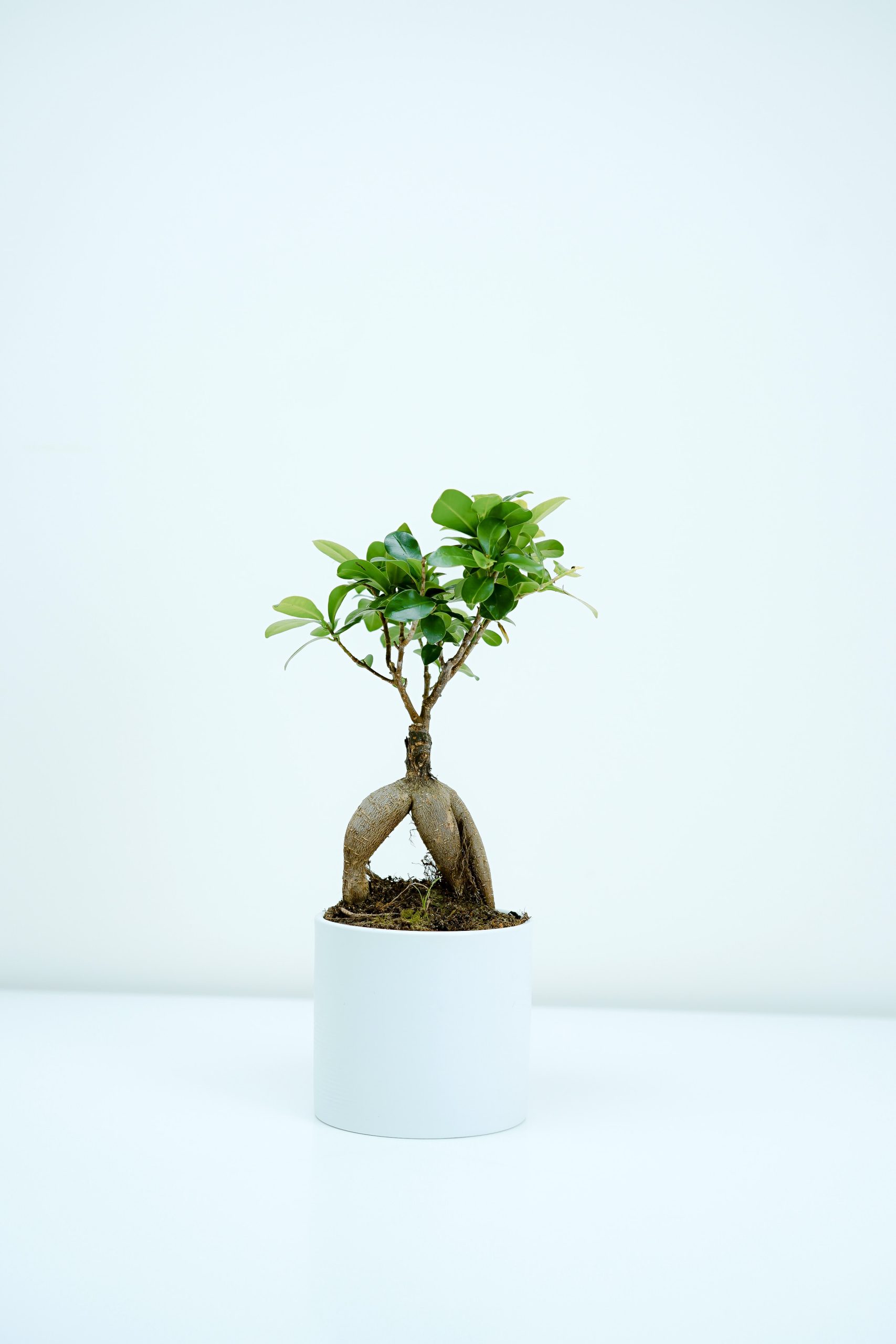By [Your Name] [Publication Name] [Date]
[City Name]—In the bustling concrete jungle of urban living, finding tranquility and serenity can be quite a challenge. However, a growing trend is emerging, capturing the hearts and imaginations of city dwellers across the globe: designing urban escapes that incorporate lush gardens. With the aim of reconnecting with nature and creating a harmonious balance between urban and natural environments, residents are transforming their concrete abodes into serene oases, bringing the wonders of nature right to their doorstep.
For many urban dwellers, having a garden has always been a dream—a yearning for a slice of green amidst the urban chaos. But how exactly can one achieve this idyllic vision in the limited space available? We delve into the world of innovative urban garden design, exploring the techniques and ideas that are revolutionizing the concept of city living.
One such visionary is [Garden Designer Name], renowned for their transformative approach to urban gardening. With a portfolio of awe-inspiring projects around the world, they have redefined the possibilities of urban green spaces. In a recent interview, [Garden Designer Name] shared their philosophy, stating, “Urban gardens are not just about aesthetics; they are about creating an oasis of calm and connection with nature, even in the most bustling city.”
One key aspect of designing an urban garden is maximizing the use of vertical space. Limited ground area means that gardeners must think vertically, utilizing walls and vertical structures for greenery. Vertical gardens, also known as green walls or living walls, have gained significant popularity. These innovative installations allow plants to grow vertically, adorning the walls with a cascade of vibrant colors and textures.
Moreover, incorporating water features into urban gardens adds a soothing element to the overall ambiance. The sound of trickling water has a remarkable ability to drown out the noise of the city, creating a serene atmosphere. From elegant fountains to small ponds or even vertical water walls, these features not only provide visual appeal but also contribute to a calming sensory experience.
The choice of plants is also crucial in designing an urban escape. Native plants that thrive in the local climate are often the best choice, as they require less maintenance and water. Additionally, edible gardens have become increasingly popular, allowing city dwellers to grow their own produce and reconnect with the origins of their food.
However, it’s not just the physical elements that make an urban garden a sanctuary. Engaging all senses is essential to create a truly immersive experience. Integrating fragrant plants like lavender or jasmine can fill the air with delightful scents, while strategically placed seating areas invite residents to relax, read a book, or simply enjoy the surroundings.
Designing a serene urban escape with a lush garden is not without its challenges. Limited space, environmental considerations, and maintenance requirements must be carefully addressed. Nonetheless, the rewards are immeasurable. These green sanctuaries not only enhance the quality of life for residents but also contribute to the overall well-being of the city.
In an increasingly fast-paced world, the allure of city living has long been accompanied by the yearning for a tranquil refuge. Urban gardens offer a respite, inviting residents to disconnect from the hustle and bustle, even if only for a moment. They serve as reminders of the inherent beauty and importance of nature, grounding us amidst the towering skyscrapers and constant motion of urban life.
As we witness the rise of this movement towards a greener urban landscape, it becomes evident that the concept of city living is being reimagined. Gardens are no longer limited to rural areas or suburban homes. They are now an integral part of the urban fabric, offering solace and respite to




